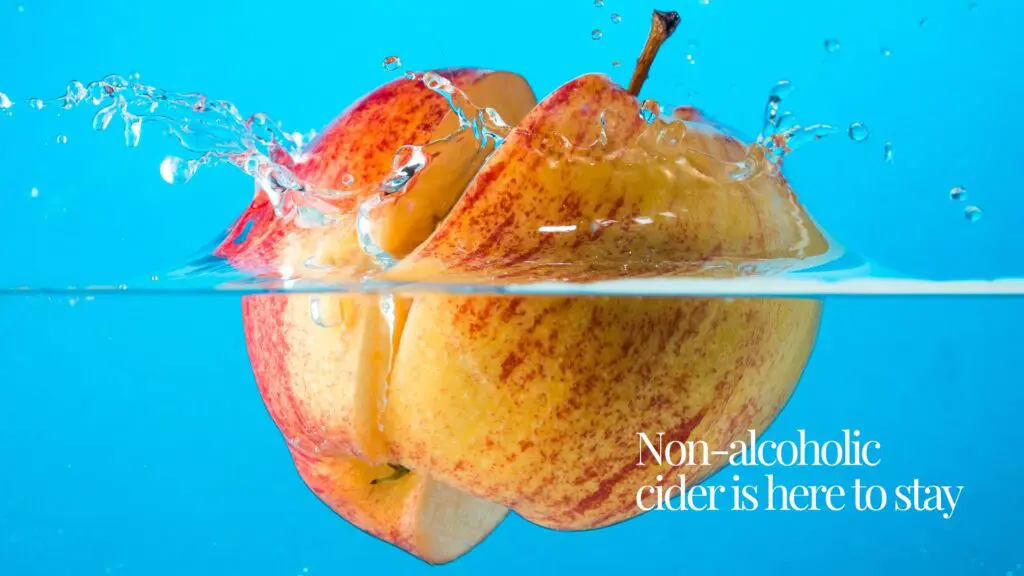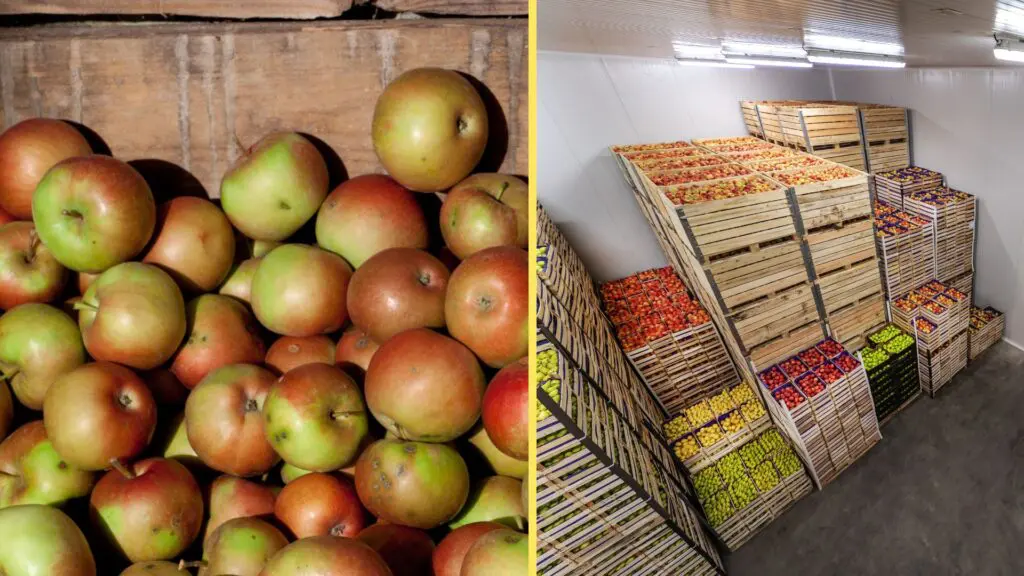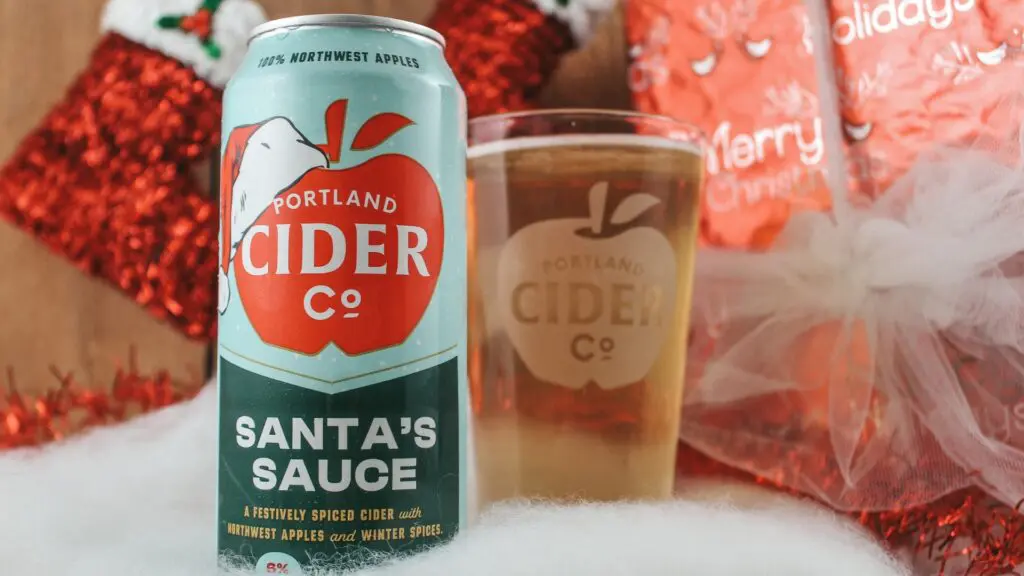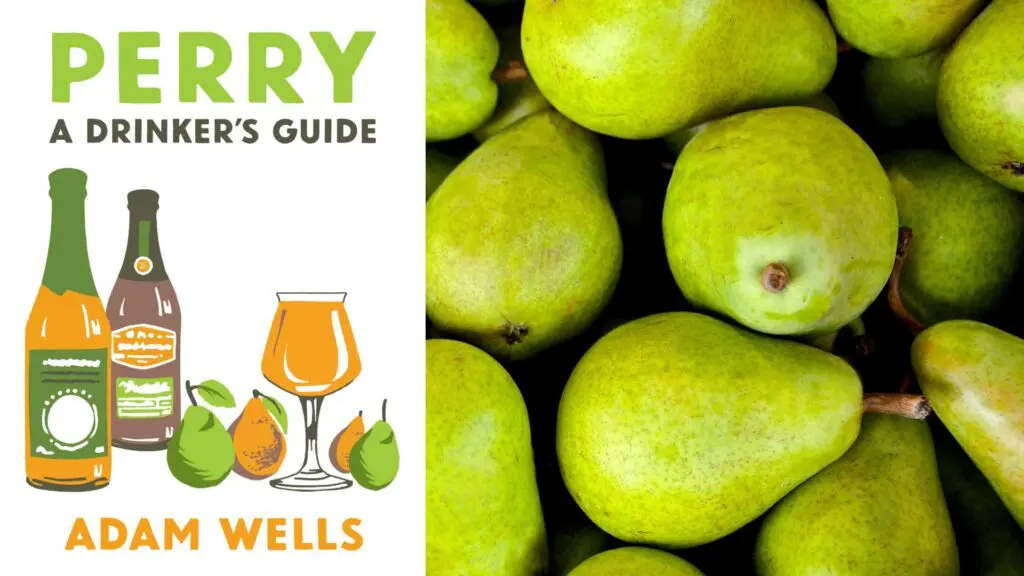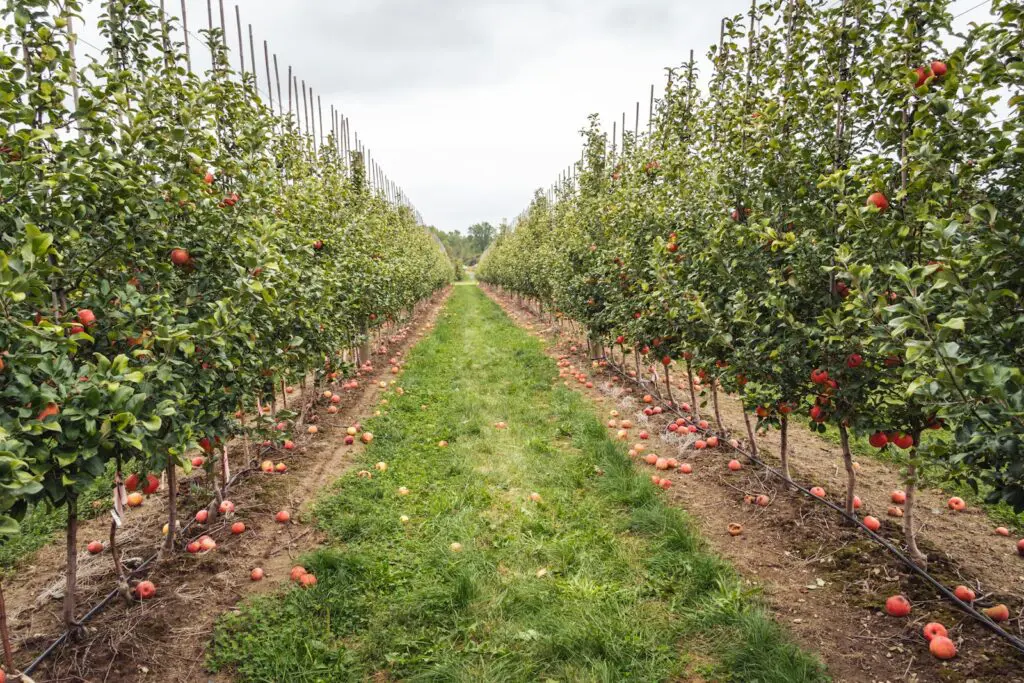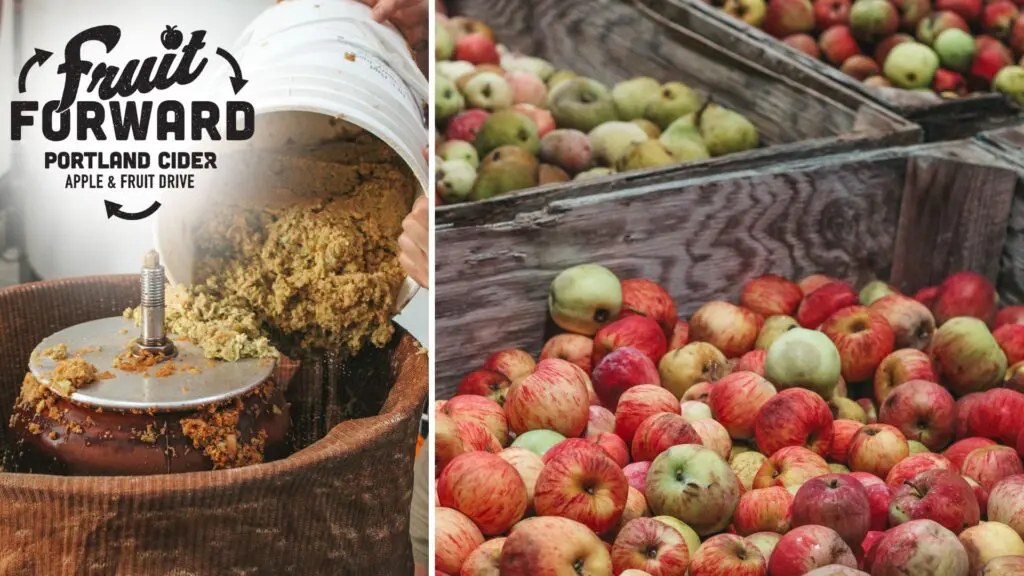We humans—squirming aroundamong the blossoming flowers.–Issa (b.1763-d.1827)
When the world starts spinning — oh… but it’s always spinning, isn’t it? — and well-laid plans go askew in a surge of unknowns, it makes sense to look around for anchors. As a cidery co-founder, it isn’t surprising that apple trees have been anchors for me during this strange, sad, uncertain Corona Spring.
The apple trees I refer to are leftovers from the Finnriver Orchard planting that were plunked into the ground out in front of our house without much forethought or follow-up care. Which is to say, we planted and then mostly forgot about them. But, because they are remarkably resilient, and have a heartwood-deep impulse to grow, these neglected trees took root and found a way to survive and flourish here.
I observed them this April as the trees transformed from bare and spindly skeletons, seemingly devoid of hope or promise (really, they looked so pathetic), into fully decked-out carnival dancers of the most flamboyant and blooming beauty. Watching them out my window, while so much of the world suffered through COVID contortions and profound losses, I have pondered these questions: what makes something grow in challenging conditions? What allows it to be resilient and to survive? And to thrive? Can people be more like trees? Should we?
If only all we had to do to thrive was plant our bare feet in the earth and soak up sunshine!
In seeking answers to these questions, I have looked outside and I have looked inside. I’ve also looked in the fridge, in my friends, in books, on my phone and in my bed. It’s a tricky time to find answers since our problems are complex and life on earth is changing so rapidly, but the trees have been patient teachers.
Late poet-sculptor and wiseman of my community, Tom Jay, pointed out that the words “tree” and “true” are derived from deru-, a Proto Indo-European root meaning to “be firm, solid, steadfast,” which led to the Old English words trēow (“tree”) and trēowe (“true”).* So while I’ve been trying to reckon with global havoc and grief, and tallying the heap of challenges that face humanity, the tree limbs stretch towards the sun and reveal their truths.
The trees teach me: Something can look bleak one season and still blossom with beauty the next. Life endures layers of loss and pulses of growth. There are cycles at work. Everything is always changing. Deep roots keep you steady in the storm. Water, air, sun and soil are essential. We need pollinators, for people, ideas and flowers. Keep reaching for the light. Resilience is found in relationship with the life around you.
Watching the orchard spring into blossom during this season of quarantine has been a strange juxtaposition — the ecstatic expression of beauty and vitality in the apple trees alongside the heart-aching losses, letdowns, shutdowns, breakdowns and unknowns in the wider world. Then I consider the other things I have seen blossom this season: courage, generosity, tenderness, compassion, unexpected intimacies, an outpouring of human connection and creativity, a heightened sensitivity to gratitude, a proliferation of ideas and adaptations, a passionate call to justice, equity and health for all. All signs of resilience.
Many of us are more aware of our breathing than ever and realize how blessed we are when oxygen is carried in and out of our lungs automatically, breath after breath. Trees breathe, too, in a fortunate photosynthetic inverse of our own respiration. As my friend Velda pointed out to me, we can imagine that the healthy respiration of the apple tree is reflected in its production of fruit… and how that homeostasis is ultimately expressed in a glass of cider!
As we carry on through this time of disruption and uncertainty, I will continue to consider the truth in the trees. To cherish my breath and the trees that help sustain it. To find ways to nurture resilience in my family and community. To look for opportunities to grow.
—
Crystie Kisler lives and works at Finnriver Farm & Cidery in the Chimacum Valley on Washington state’s Olympic Peninsula. She works with her family, partners and crew to grow Finnriver into a vibrant enterprise that showcases how rural economic development, ecological health and restoration, and organic agriculture can converge and thrive.
*Source: “The American Heritage Dictionary of Indo-European Roots” compiled by Calvert Watkins


